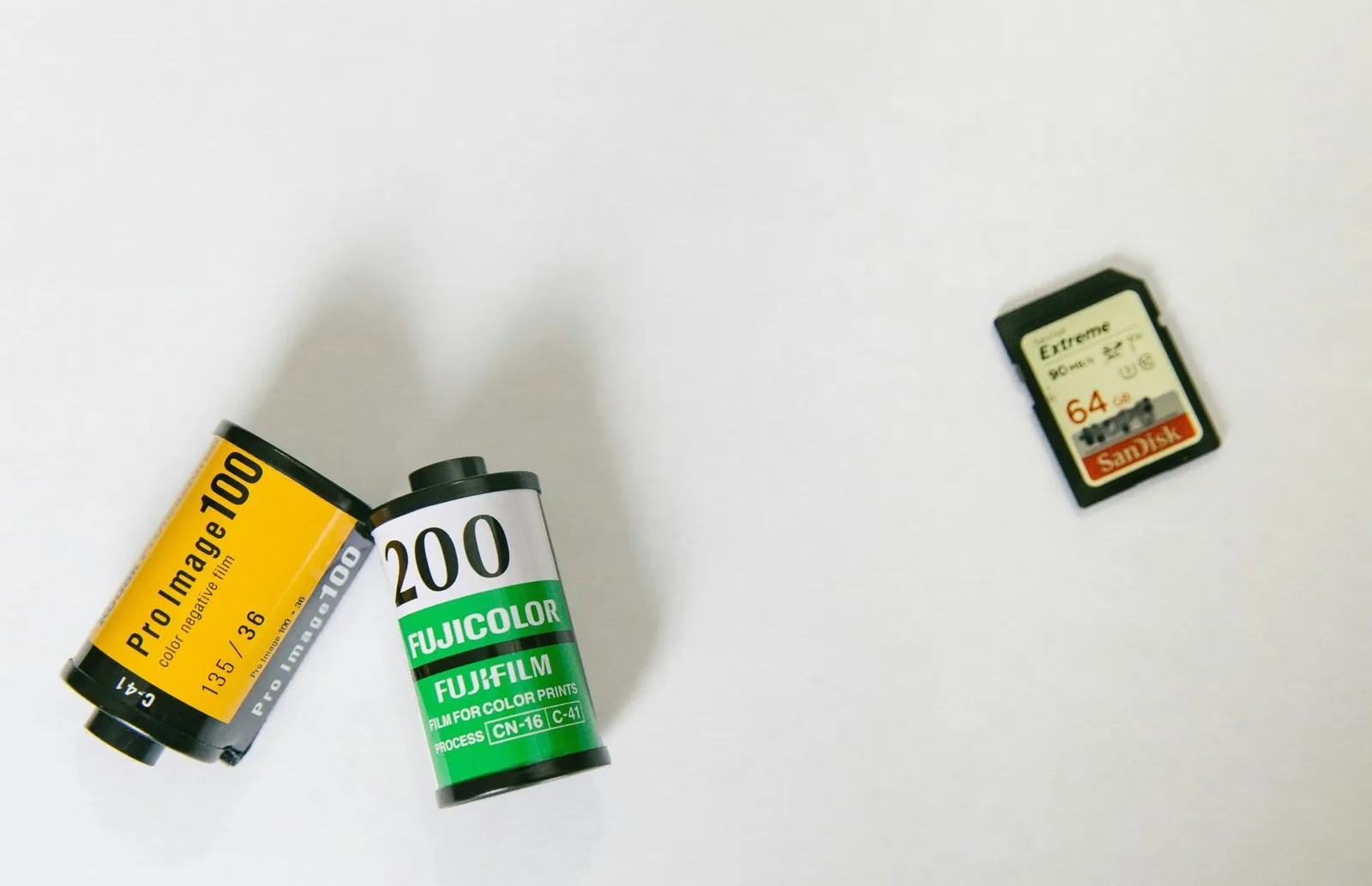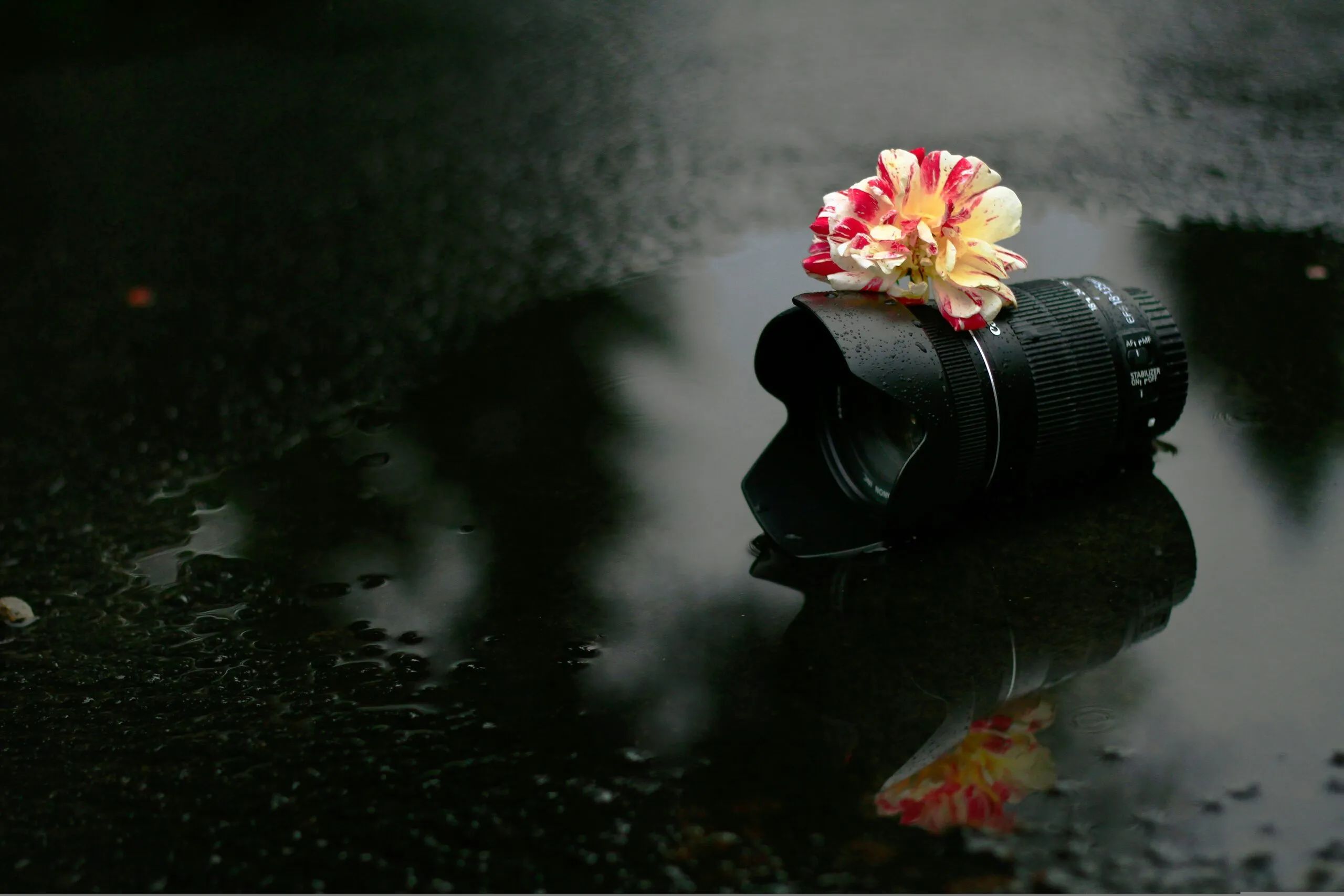
Introduction to Professional Photography Accessories
In the realm of professional photography, the quality of the camera alone does not determine the success of a shoot. Essential camera accessories play a pivotal role in enhancing image quality and providing photographers with the tools necessary for capturing stunning visuals. These accessories, ranging from lenses to lighting equipment, contribute significantly to the overall efficiency and creative potential of a photography session.
Using the right photography accessories can help photographers tackle common challenges faced during shoots, such as varying light conditions, unexpected weather changes, or the need for specialized effects. For example, a high-quality tripod can stabilize the camera during long exposure shots, while neutral density filters can manage harsh sunlight and enhance color saturation. Additionally, accessories like reflectors and diffusers allow for greater control over lighting, ensuring subjects are well lit without harsh shadows or overexposure.
Moreover, the use of specific gear, such as remote triggers or wireless flash units, can increase shooting efficiency, allowing photographers to focus on composition and creativity rather than technical adjustments. This flexibility is essential when working in dynamic environments where timely decisions must be made. The inclusion of innovative accessories, such as gimbals for capturing smooth video footage or specialized mounting systems for drones, expands the creative horizons of professional photographers.
Overall, camera accessories are not merely supplementary tools; they are integral components that significantly influence the outcome of a photographic endeavor. By choosing the right accessories tailored to their specific needs and the unique demands of their subjects, photographers can elevate their work to a professional standard, enhance their creativity, and efficiently overcome challenges that arise during shoots. The thoughtful selection and use of these accessories can ultimately make a substantial difference in the final results of any photography project.
Must-Have Accessories for Photographers
For professional photographers, having the right camera accessories can significantly enhance the quality of work produced. Among the most essential accessories are tripods, external flashes, various lenses, and camera bags. Each item plays a vital role in ensuring that images are captured effectively and with precision.
Tripods provide stability during shooting sessions, allowing photographers to obtain sharp images, especially in low-light conditions or when using slow shutter speeds. Stability is essential to prevent camera shake, which can lead to blurry images. Investing in a high-quality tripod that suits the specific needs of the photographer is crucial, as it can contribute to the overall success of a shoot.
External flashes are another integral accessory. They help to illuminate subjects in challenging lighting conditions, allowing for greater creativity in photography. An external flash offers more power and versatility than built-in camera flash options, enabling photographers to adjust the direction and intensity of light. This can create more dynamic portraits and highlight details in various environments.
Lenses are equally important as they directly affect the quality and perspective of images. A versatile lens kit allows photographers to adapt to different shooting situations, whether capturing wide landscapes, detailed close-ups, or intimate portraits. Selecting lenses from reputable brands known for their optical quality is advisable to ensure optimal performance.
Lastly, a durable and functional camera bag is essential for organizing accessories and protecting equipment while on the move. The right bag helps provisions to carry various lenses, flashes, and other tools, ensuring easy accessibility during professional shoots. Photographers should choose bags that reflect their shooting style and gear requirements to boost efficiency.
In summary, these accessories—tripods, external flashes, lenses, and camera bags—are more than mere add-ons; they are indispensable tools that contribute to a photographer’s ability to capture high-quality images. Establishing a well-rounded kit tailored to individual needs and preferences can lead to enhanced creative possibilities and overall satisfaction in photography.
Advanced Accessories to Elevate Your Photography
As photography continues to evolve, so too do the accessories that enhance the capabilities of professional shoots. Among these advanced accessories, filters, light meters, gimbals, and drone technologies stand out for their potential to significantly elevate the photographic craft.
Filters serve multiple purposes in photography, including enhancing colors, reducing glare, and managing exposure. A polarizing filter, for example, can improve saturation and contrast in images by reducing reflections and managing the amount of light that enters the lens. This tool is particularly useful for landscape photography, where capturing vibrant skies and minimizing reflections off water surfaces can dramatically improve the shot. Additionally, neutral density (ND) filters allow photographers to control exposure in bright conditions without adjusting aperture or shutter speed, enabling long exposure techniques that create stunning effects, such as smooth water surfaces.
Light meters, on the other hand, are instrumental in achieving accurate exposure settings. Whether using handheld light meters or built-in camera options, these tools measure the light in a scene more precisely than camera metering systems alone. Understanding how to read light and utilize these meters can greatly enhance the technical quality of images, particularly in challenging lighting situations.
Incorporating gimbals into your gear allows for stabilization that can significantly improve video quality and create smooth motion shots in photography. These devices counter camera shakes, making them essential for dynamic shooting scenarios, such as sports or moving subjects. Investing in a good gimbal can open up new creative avenues, allowing for fluid motion sequences that add depth to visual storytelling.
Drone technology has introduced a revolutionary perspective in photography, enabling aerial shots that were once only obtainable through helicopters or ladders. Drones provide unique angles and compositions, enriching narrative and artistic expression. Effective use of drones requires understanding local regulations and mastering piloting skills, making practice essential for capturing stunning aerial imagery.
In conclusion, exploring advanced camera accessories such as filters, light meters, gimbals, and drones can profoundly affect the quality and creativity of photography. By understanding how and when to use these tools, photographers can unlock new levels of artistic expression and technical precision in their work.
Maintaining and Organizing Your Camera Accessories
Proper maintenance and organization of camera accessories are critical for any professional photographer looking to ensure their gear remains in optimal condition. Regular cleaning of your equipment should be a priority to remove dust, fingerprints, and other residues that can affect performance. Use a soft microfiber cloth for lenses and mirrors, while a gentle blower can help dislodge dust from sensitive areas. For deeper cleaning, specialized lens cleaning solutions and sensor cleaning kits can be employed, but it is advisable to follow manufacturer guidelines to avoid any damage.
Storage is another essential aspect of maintaining your camera accessories. It is important to create a designated space that is both dry and cool to prevent humidity from damaging electronic components and lenses. Consider investing in padded cases or gear bags that provide both protection and ease of access. Labeling storage containers can also simplify the process of locating specific accessories, ensuring that you spend less time searching and more time focusing on your creative pursuits.
Keeping an inventory of your gear is a practical approach that many professionals find beneficial. A simple spreadsheet can be created to track the items you own, along with their purchase dates, conditions, and usage frequency. This inventory will not only help you manage your finances regarding replacements or repairs but also highlight how often certain accessories are used, guiding future purchasing decisions. In addition, organizing your workspace is crucial for fostering a productive environment. Arrange your camera accessories in an orderly fashion so that everything you require is easily accessible. Use drawer dividers, shelves, or even pegboards to maximize space and ensure that each item has its assigned place.
By prioritizing the maintenance and organization of your camera accessories, you can enhance their longevity and reliability during professional shoots, enabling more focus on the creative aspects of photography.

